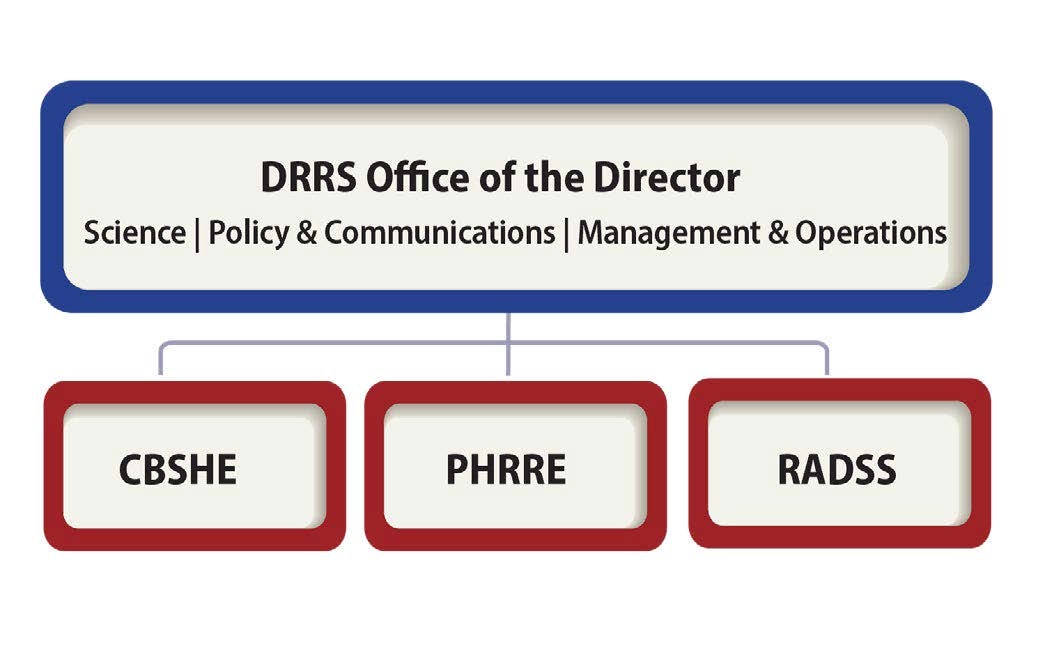Leading with Science: Division of Readiness and Response Science
To develop and implement the science of readiness and response, build scientific expertise to address health disparities and community mitigation, evaluate state, tribal, local, and territorial (STLT) readiness and response, and inform a broader framework for evaluating CDC’s and partners’ readiness status.


Elevate Science
Elevate readiness and response science by working with inter- and intramural partners to advance relevant research, evaluation, dissemination, and implementation.

Protect Communities
Implement behavioral science and community mitigation tactics informed by readiness and response science.

Decrease Disparities
Decrease health disparities during public health emergencies by Implement behavioral science and community mitigation tactics informed by readiness and response science.

Elevate Efforts
Evaluate CDC’s readiness state and how CDC-wide investments enable improvement of STLT and key partner’s readiness states.

Leverage Technology
Improve real-time situational awareness of agency data preparedness, readiness and response early warning systems, event-based surveillance, and decision-making by advancing the common operating picture and platform through shared integrated communication, information management, intelligence, and information sharing systems.

Community Based Solutions and Health Equity (CBSHE) develops, advances, and implements readiness and response sciences to mitigate adverse effects for populations and settings at higher risk, improves the impact of community mitigation during public health emergencies, and advances health equity.
- Public Health Readiness and Response Evaluation Branch (PHRRE) centralizes and leads readiness and response evaluation efforts across the agency, the Public Health Emergency Preparedness Cooperative Agreement, and key partners, to understand how CDC-wide and ORR investments impact and enable improvements in response readiness.
- Response Analytics, Decision Support, and Surveillance (RADSS) advances situational awareness and response data science efforts to provide reliable, comprehensive, timely, high-quality information on public health threats and emergencies as they are identified, evolve, and require CDC’s response.